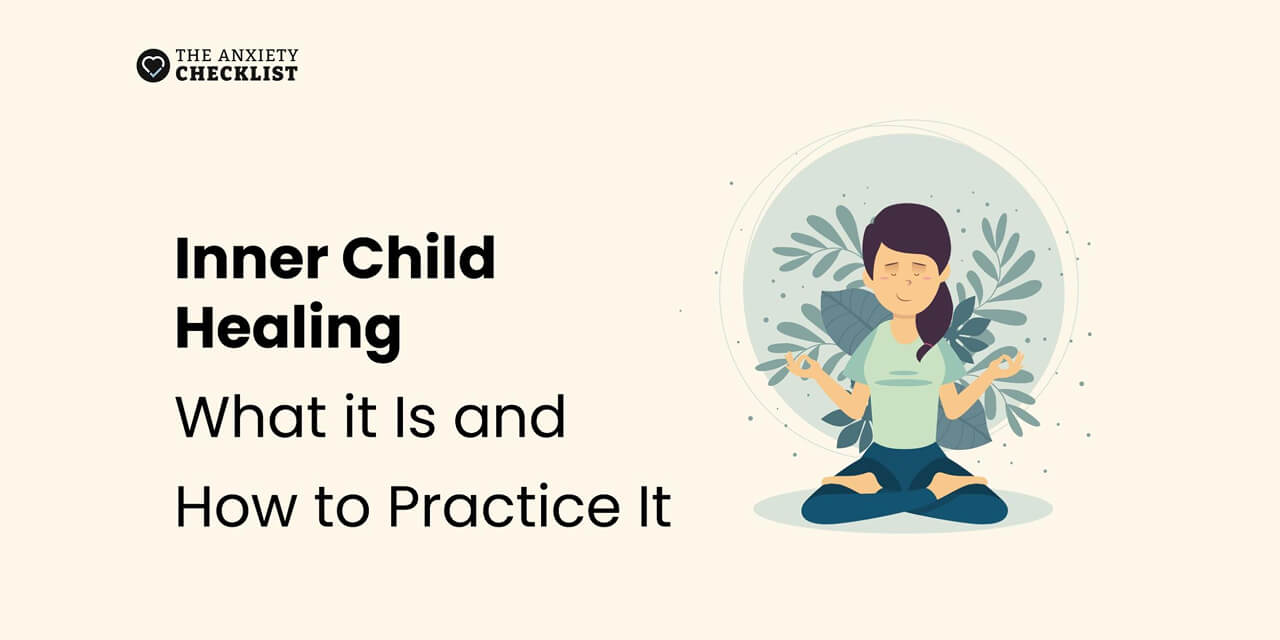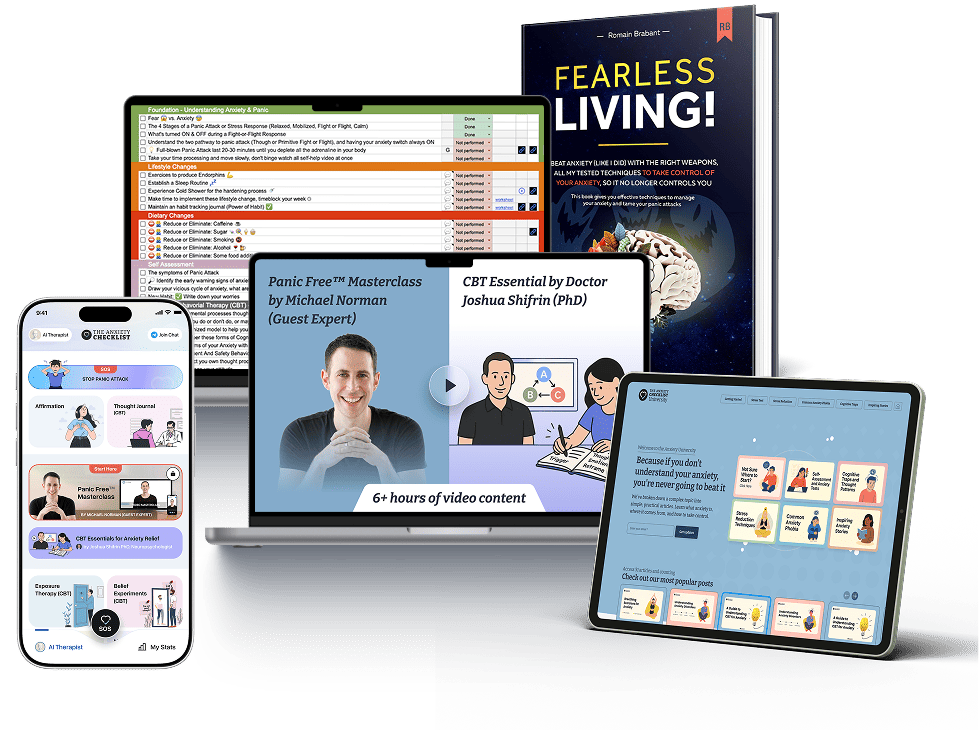What Is Inner Child Healing?
Signs of a Wounded Inner Child
Many people carry a wounded inner child without realizing it. But recognizing the problem is the first step to inner child healing.
Here are 10 common signs your inner child may be seeking healing.
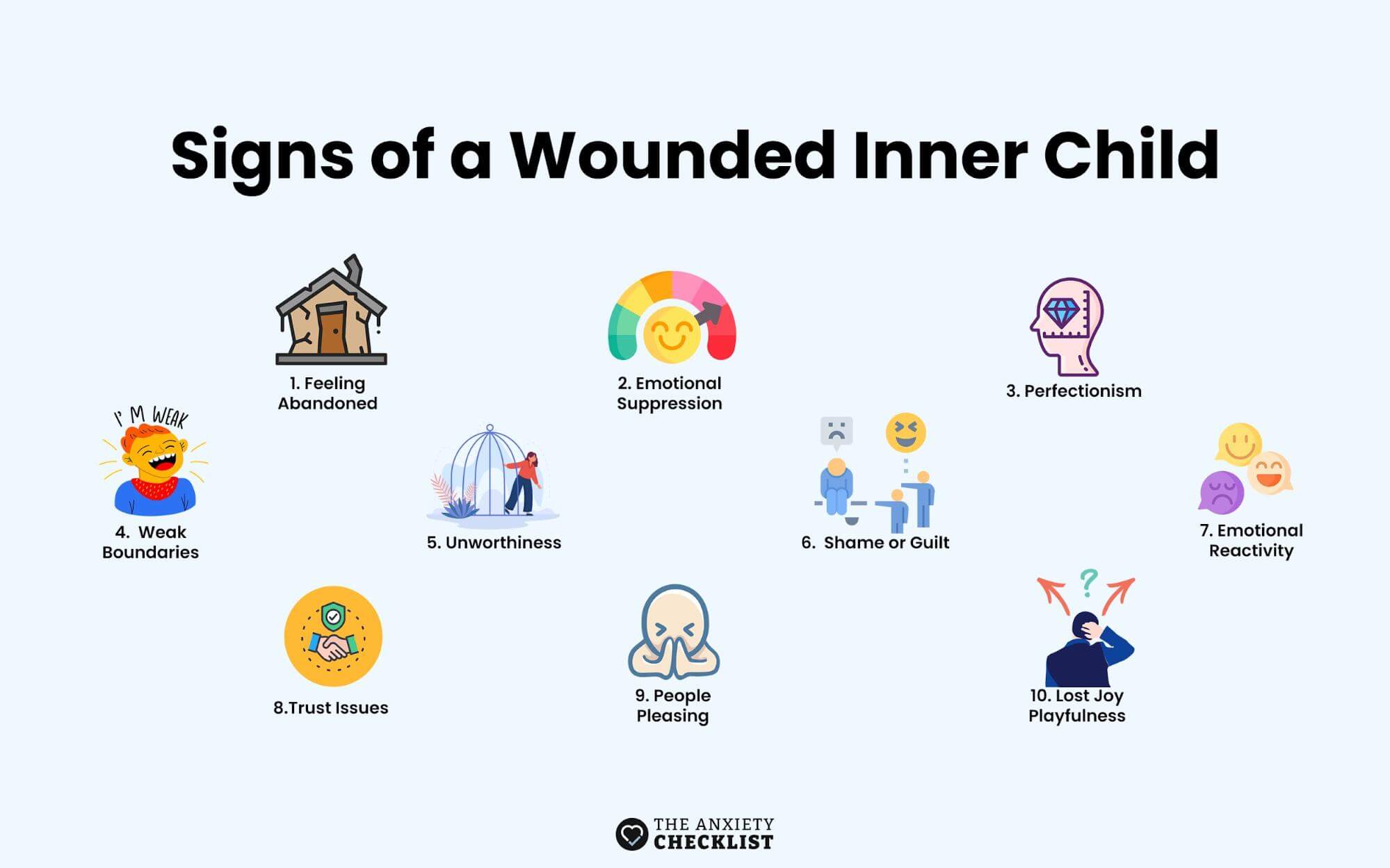
Is anxiety keeping you stuck in your head?
Learn how to calm your body, break fear cycles, and rebuild confidence with a clear, guided system.
Benefits of Practicing Inner Child Healing
Inner child healing doesn’t involve revisiting your childhood memories to resurrect the pain. Instead, it helps you understand that the deed may have been done, but you can break free from the emotional pain.
This process can positively impact your physical, emotional, and mental health. Here are some of the key benefits of inner child healing.
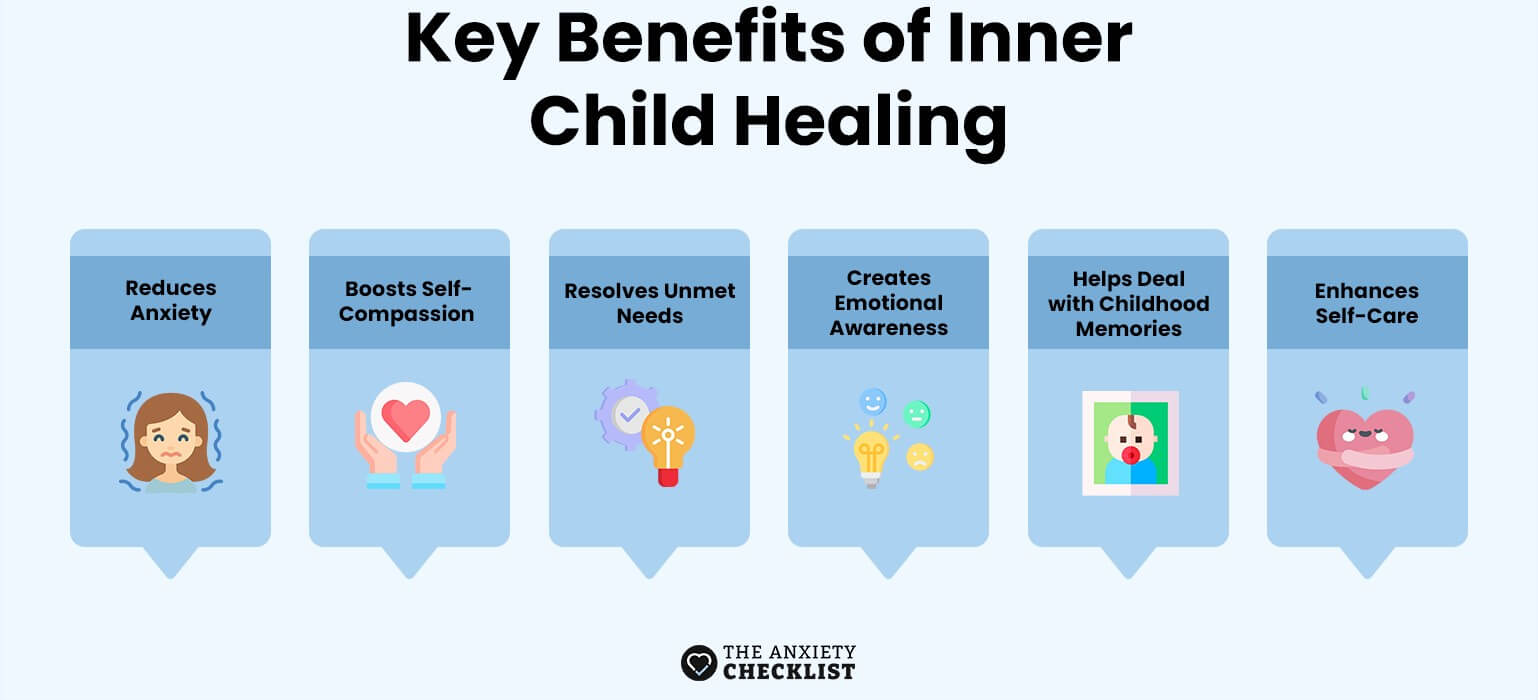
1. Reduces Anxiety and Emotional Triggers
If you continue carrying childhood wounds, it can negatively affect the way you react to issues in adulthood. People who have poor emotional regulation tend to show anxiety disorder symptoms like muscle tension, sleep disturbances, fatigue, and weakness.
However, engaging in inner child healing practices helps you figure out your anxiety triggers. It also teaches you how to respond calmly, reducing the inner turmoil and fear that once felt overwhelming.
2. Improves Self-Compassion and Self-Love
Many of us carry an inner critic that echoes the judgments or neglect we faced as children.
For example, you might find yourself constantly apologizing at work, even for minor mistakes.
That’s because a part of you still hears dad’s or mom’s voice telling you that you’re not “good enough.”
You can stop this critical voice from making you feel bad about yourself by engaging in inner child healing. And as you reconnect with your younger self, you’ll learn to treat yourself with the same kindness and patience you would offer to a child.
3. Resolves Unmet Needs
A wounded inner child has many unmet emotional needs, from safety to affection and validation. Those voids linger into adulthood, making you feel inadequate. But inner child healing allows you to acknowledge those unmet needs and intentionally fulfill them in the present.
This practice of self-care and creating a safe emotional space makes you feel secure. Gradually, you’ll realize that you no longer rely on external validation. You become your own cheerleader. This helps you to face life’s challenges with more resilience.
4. Creates Emotional Awareness and Improves Relationships
You might have been a child who had to take care of an emotionally unstable parent. Now, as an adult, you constantly feel responsible for the happiness of your friends, and you lose your sense of self in relationships because you’re so focused on fixing others’ problems.
Unresolved emotional wounds can make you exhibit behaviors like codependency, avoidance, or emotional detachment.
Through inner child healing, you’ll become aware of these patterns and their root causes. This will help you connect with others from a place of wholeness, not woundedness.
5. Helps Understand the Past From an Adult Perspective
You may think your childhood experiences are all in the past until they start influencing how you think and feel as an adult.
Many painful memories are simply frozen in time, surfacing during moments when we least expect them. Maybe a sudden sound or a specific smell sends you into a panic attack.
Instead of being trapped in past emotional responses, you’ll learn to process these experiences consciously and release the emotional burden. This shift in perspective will help you gain control over your emotional life and make peace with your past.
6. Enhances Self-Care
When you’re disconnected from your inner child, self-care can feel like an afterthought or even a selfish act. But inner child healing helps you understand and accept your needs. It reminds you that taking care of yourself is essential.
Inner child healing leads you to prioritize activities like meditation, rest, play, and gratitude journaling. By doing these, you begin to experience a deeper sense of balance and well-being. This consistent self-care practice keeps your emotions in check and makes you relate better with others.
How to Start Inner Child Healing: Practical Steps
Inner child healing may seem overwhelming, especially if you're not sure where to begin. However, the process doesn’t require years of therapy before you see meaningful change.
Here are practical steps and exercises to help you start healing your inner child.
1. Recognize and Acknowledge Your Wounded Inner Child
The first and most essential step in inner child healing is simply recognizing that your wounded inner child exists. Many adults are unaware that their emotional pain, anxiety, or relationship struggles originate from unmet needs or emotional trauma in their formative years.
Now that you're here, take time to reflect on your childhood experiences. Ask yourself:
While doing this, pay attention to those parts of yourself that still feel rejected, afraid, or unseen. You don't have to blame your parents or anyone else at this stage. It's a moment of self-awareness that opens the door to deeper inner child work.
2. Start a Dialogue with Your Inner Child
One of the most powerful inner child exercises is to establish an internal dialogue with your younger self. It allows you to bridge the gap between your adult self and the emotional needs of your inner child.
You can start by visualizing your younger self at a specific age when you experienced trauma. Imagine sitting with them in a safe space and asking:
You may feel uneasy in the beginning, but make an effort. You can even write letters to your inner child, expressing compassion and validating their feelings. It strengthens the connection between your conscious mind and your wounded inner child, which helps with healing.
3. Practice Inner Child Meditation
When undergoing inner child healing, meditation is an essential tool. It allows you to access your subconscious mind, where painful memories and emotional patterns are often stored.
First, find a quiet, safe space where you can sit comfortably without distractions. Next, close your eyes and take slow, calming breaths.
Afterwards, visualize yourself as a young child who needs comfort. In your mind, offer them a hug, speak words of love and reassurance, or simply sit beside them in silence.
Now, you may experience an outburst of emotions. There are many benefits of crying, so it’s part of the healing process. Each time you return to this practice, you’re teaching your inner child that they are no longer alone.
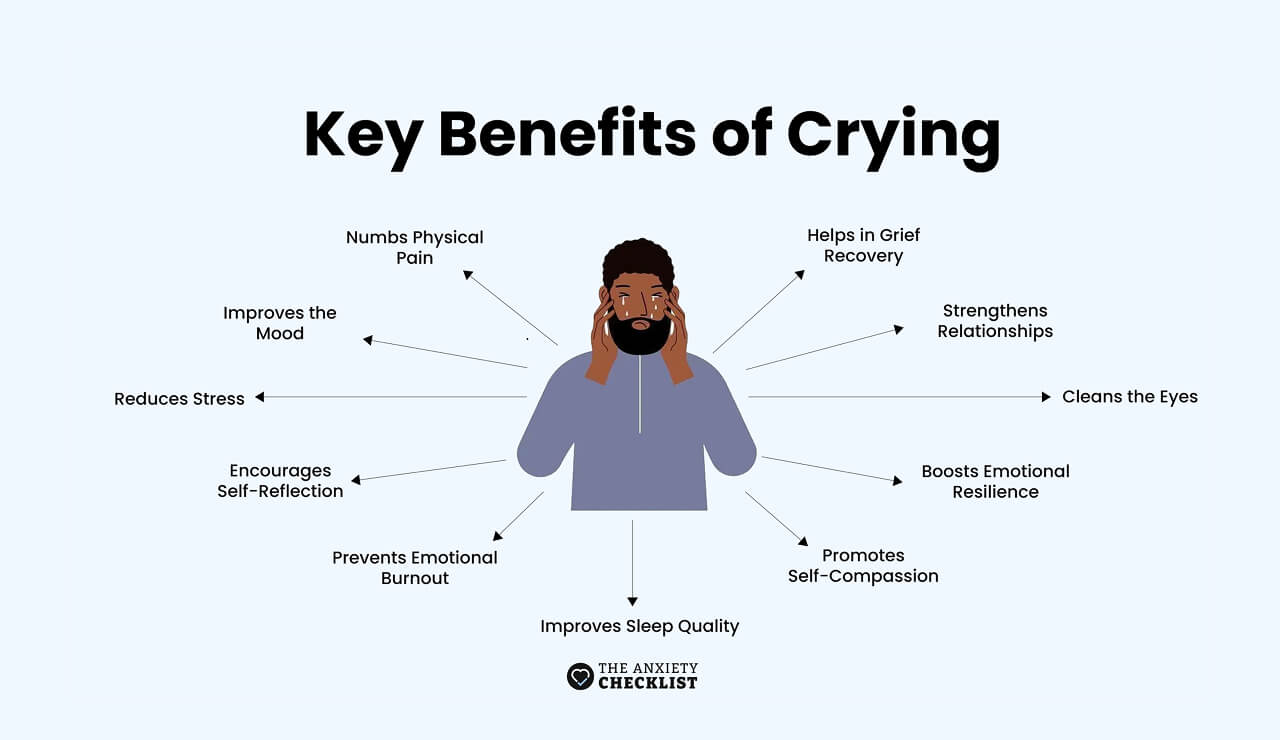
4. Identify and Soothe Emotional Triggers
Whatever triggers your emotions is just echoing that there are unhealed wounds. So, a crucial part of inner child healing is learning to recognize those triggers and respond to them consciously.
Whenever you feel emotionally overwhelmed, pause and ask yourself:
Don't suppress your emotional response; acknowledge it with self-compassion. You can place a hand on your chest, do some breathing exercises, or say positive affirmations like “I am safe now.”
5. Give Yourself What You Didn’t Receive
Re-parenting is a critical aspect of inner child therapy. It involves consciously giving your younger self the love, care, and validation they may not have received during childhood.
So in this step, you’ll become the nurturing, attentive caregiver your inner child needs now. This could be as simple as setting healthy boundaries like saying “no” without feeling guilty.
You should also create time to unwind after work and engage in activities that make you happy. Think about the things you wanted to do as a child — get ice cream, stay up late to watch a movie, get a new toy — go ahead and do them all.
Over time, re-parenting builds a strong inner foundation where your inner child feels protected and valued by your adult self.
6. Journal Your Inner Child’s Feelings and Needs
Your inner child wants to express emotions that might feel too vulnerable to verbalize. Journaling is a safe space for this, especially if you're managing social anxiety — that persistent feeling of dread and nervousness that washes over you before a social interaction.
You don't need great writing skills to start a journaling practice. Here are the steps you can take:
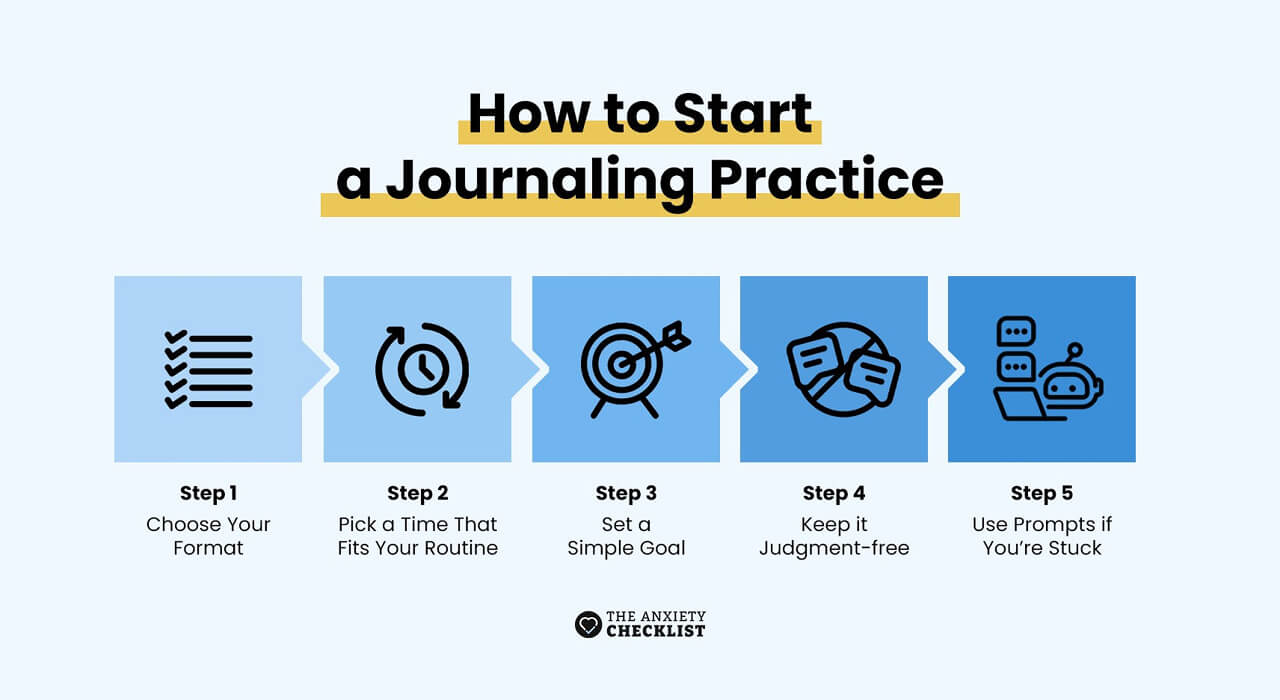
7. Engage in Play and Creative Expression
Healing your inner child helps you rekindle the joy of childhood. Many people lose touch with their sense of playfulness as they grow up, especially if they felt unsafe expressing themselves as a child.
But with inner child healing, you can reconnect with those fun childhood activities. You can consider drawing, painting, or crafting without worrying about the outcome.
For some people, dancing, singing, or playing music purely for fun makes them feel alive. These playful experiences create positive emotions and help heal the parts of you that were deprived of freedom and joy during your formative years.
8. Create a Safe Physical and Emotional Space
For your inner child to feel safe enough to surface, you need to create an environment that promotes emotional security. This includes both your physical surroundings and your internal mindset.
You can designate a corner of your home as a comforting “safe space.” Make sure it has soft lighting, calming scents, or things that bring you comfort.
You can also create an emotional safe space by reducing self-criticism and allowing your feelings to exist without judgment. You can practice mindfulness with Solfeggio frequencies for body and mind detoxification and emotional healing.
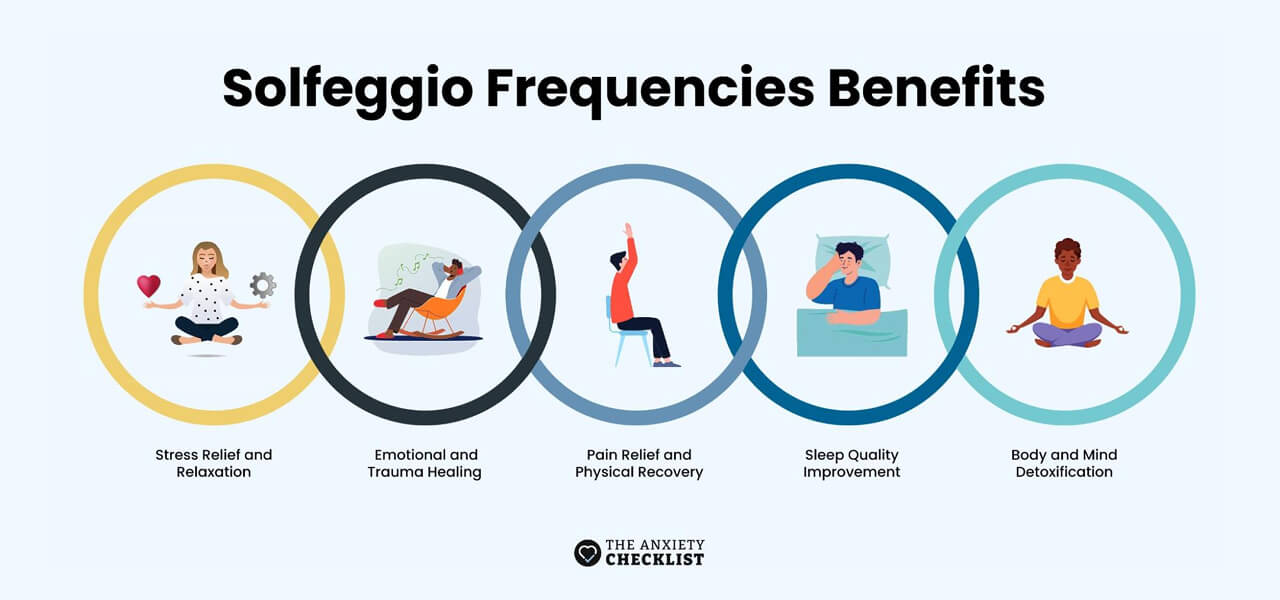
9. Seek Support Through Therapy or Online Resources
While self-guided inner child work can be deeply healing, some emotional wounds require professional guidance.
You can work with a therapist who's skilled in inner child healing or a psychiatrist for anxiety.
They’ll provide a structured, supportive environment for you to heal, using techniques like exposure therapy, cognitive behavioral therapy (CBT), talk therapy, or psychotherapy.
You can also access online resources like guided meditations and support communities. Remember, seeking support is a sign of strength. You don’t have to go through the inner child healing process alone.
10. Commit to Ongoing Self-Care and Compassionate Practice
Inner child healing is a continuous process of showing up for yourself with patience and love. You must commit to regular self-care, whether it’s daily words of affirmation, mindful check-ins, or gratitude journaling.
The more you practice connecting with your inner child, the more emotionally balanced you’ll feel. You should also acknowledge that you can erase the pain of your past. But you can build a future where your younger self feels safe, cherished, and whole.
Frequently Asked Questions
Unresolved childhood trauma, unmet emotional needs, or painful childhood experiences can result in a wounded inner child. When these experiences are not addressed, they create emotional wounds that surface in adulthood.
They can affect your self-worth, relationships, and mental health. Also, suppressing feelings instead of processing them keeps your inner child wounded.
Here are the steps to begin inner child healing:
Inner child healing reduces anxiety, improves self-love, and creates emotional balance. It helps you break harmful patterns, soothe emotional triggers, and strengthen relationships.
Also, you’ll become more aware of your needs and develop a deeper sense of peace and resilience.
When you ignore inner child healing, your past experiences can interfere with your daily life. They can show up as anxiety, low self-worth, emotional outbursts, and recurring relationship issues.
Without healing, your inner child may continue seeking safety and validation in unhealthy ways. This can lead to burnout, chronic stress, or feeling stuck in life. You may not be able to connect with others or feel emotionally fulfilled.
Final Words
Previous Article
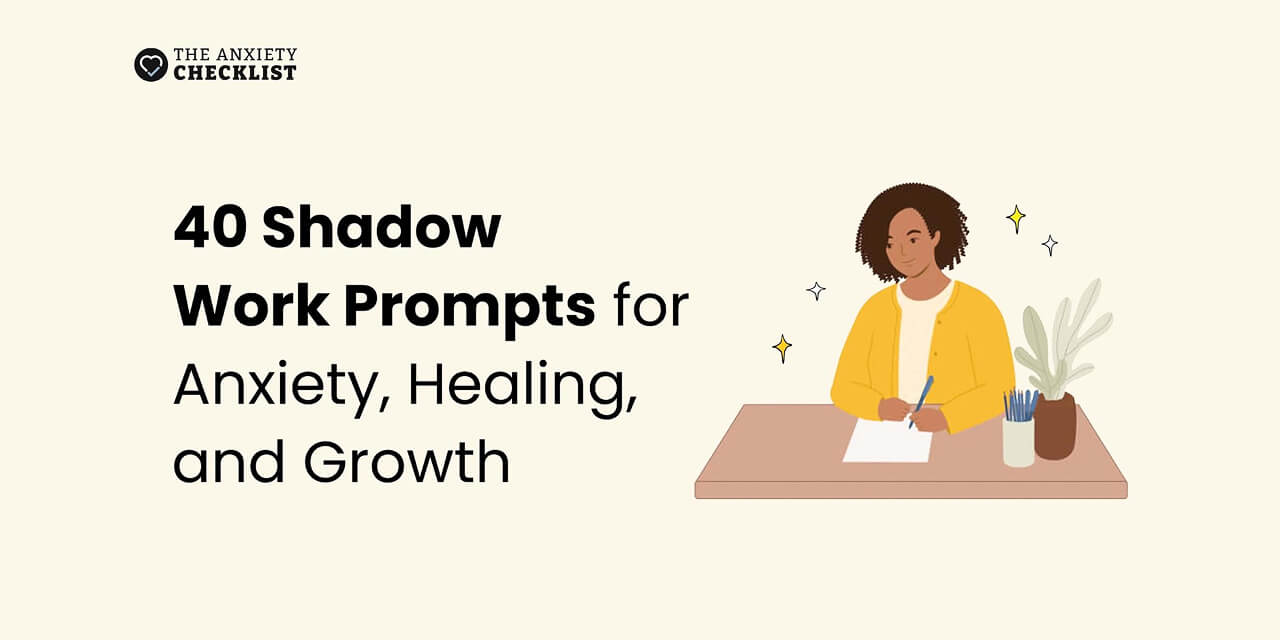
Shadow Work Prompts for Anxiety, Healing, and Self-Discovery
Next Article
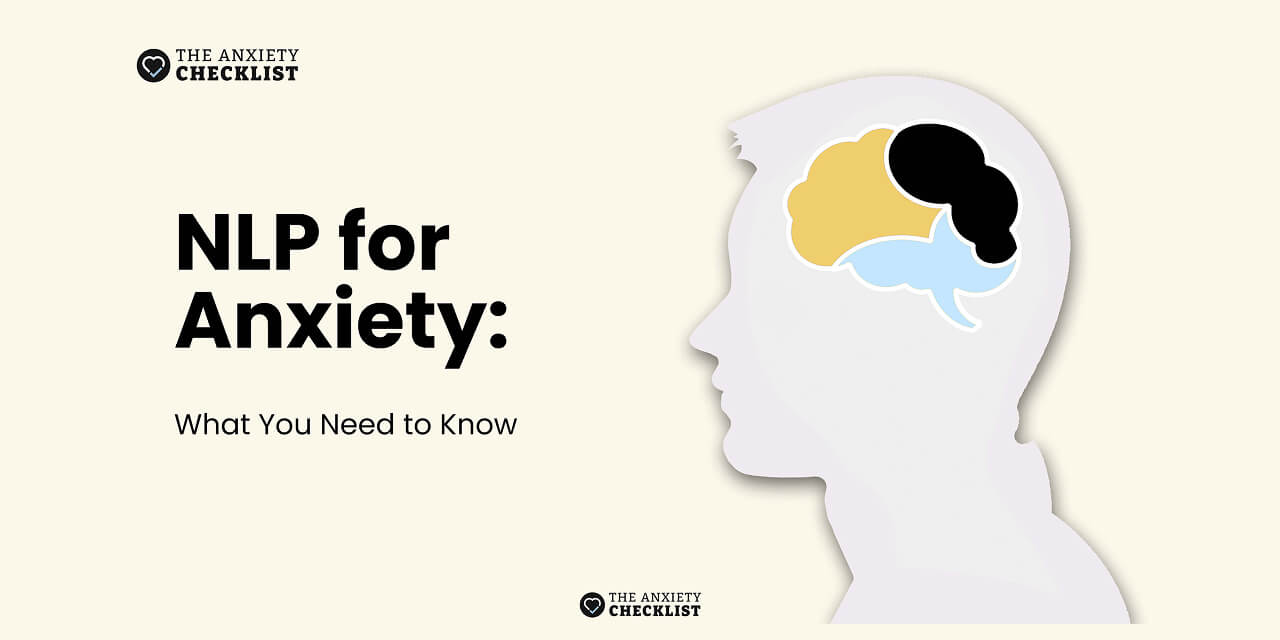
Using NLP for Anxiety: What, Why, and How Explained

Advertisement
BetterHelp
BetterHelp makes starting therapy easy. Get a tailored therapist match based on your needs and preferences - in as little as 24 hours!
Enjoy 20% off your first month with code "anxietycheck"

4 million+ Helped
Access Therapy 24/7
Preferred by 94% of users
If you are in a crisis or any other person may be in danger - don't use this site. These resources can provide you with immediate help.


